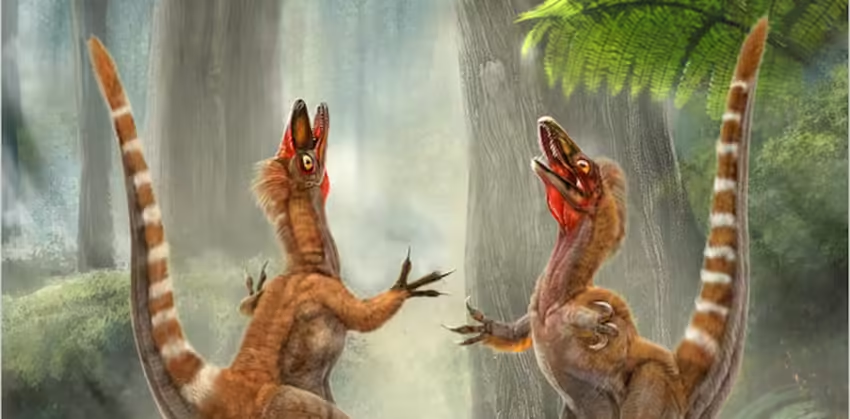The Oviraptor, a name that translates to “egg thief,” is one of the most intriguing dinosaurs to have roamed the Earth during the Late Cretaceous period, approximately 75 million years ago. Its peculiar appearance, misunderstood history, and surprising behaviors make it a subject of endless fascination for paleontologists and dinosaur enthusiasts alike. Here are some of the most captivating facts about this enigmatic creature.
A Misunderstood Name
The name “Oviraptor” originates from its discovery in Mongolia in 1924, where it was found near a clutch of eggs. Early paleontologists assumed it was stealing and eating the eggs, leading to the moniker “egg thief.” However, later studies revealed that the eggs were likely its own, suggesting the Oviraptor was a caring parent rather than a thief. This revelation dramatically shifted our understanding of dinosaur behavior and parenting.
A Bird-Like Appearance
Oviraptors were small, feathered dinosaurs, with many physical traits resembling modern birds. They had a toothless beak, a short, strong tail, and long arms tipped with sharp claws. Their feathers were not only for insulation but likely played a role in display behaviors, similar to peacocks or other modern birds. This connection emphasizes their place in the evolutionary lineage leading to birds.
A Crest of Mystery
One of the most striking features of the Oviraptor was its cranial crest. The purpose of this bony, ornamental structure is still debated. Some scientists believe it played a role in courtship displays or in species recognition, while others suggest it could have been used to amplify vocalizations or as a means of thermoregulation.
Omnivorous Diet
Despite its reputation as an egg eater, the Oviraptor was likely omnivorous. Its strong beak suggests it could crack open hard objects like nuts or seeds, while its claws would have been effective for catching small animals. Fossil evidence indicates a diverse diet that included plants, small vertebrates, and possibly eggs—but not in the thieving manner originally presumed.
Parental Care
The discovery of Oviraptor fossils in brooding positions over nests of eggs provides compelling evidence of advanced parental care. This behavior is strikingly similar to modern birds, reinforcing the evolutionary connection between dinosaurs and avian species. Such discoveries have reshaped our perception of dinosaur social behaviors, painting them as nurturing creatures rather than the cold-blooded predators once depicted.
Global Presence
Fossils of Oviraptor and its relatives have been found across Asia, particularly in Mongolia and China. These discoveries have shed light on the diversity of oviraptorosaurs, a group of feathered dinosaurs closely related to modern birds. Each new find adds to the complexity and richness of our understanding of their ecology and evolution.
Pioneers in Evolutionary Studies
Oviraptors and their relatives provide crucial insights into the evolution of feathers, bird-like nesting behaviors, and the transition from non-avian dinosaurs to birds. Their fossils have been instrumental in bridging gaps in our understanding of how modern avian species emerged from their dinosaurian ancestors.
Conclusion
The Oviraptor’s story is one of redemption and discovery, transforming from a supposed villain in the fossil record to a symbol of dinosaurian intelligence and care. Its bird-like traits, enigmatic crest, and misunderstood history highlight the dynamic and ever-evolving field of paleontology. As new fossils and technologies continue to emerge, the Oviraptor’s tale reminds us that the prehistoric world still holds countless secrets waiting to be uncovered. For more information click the link https://dinorepeat.com/

